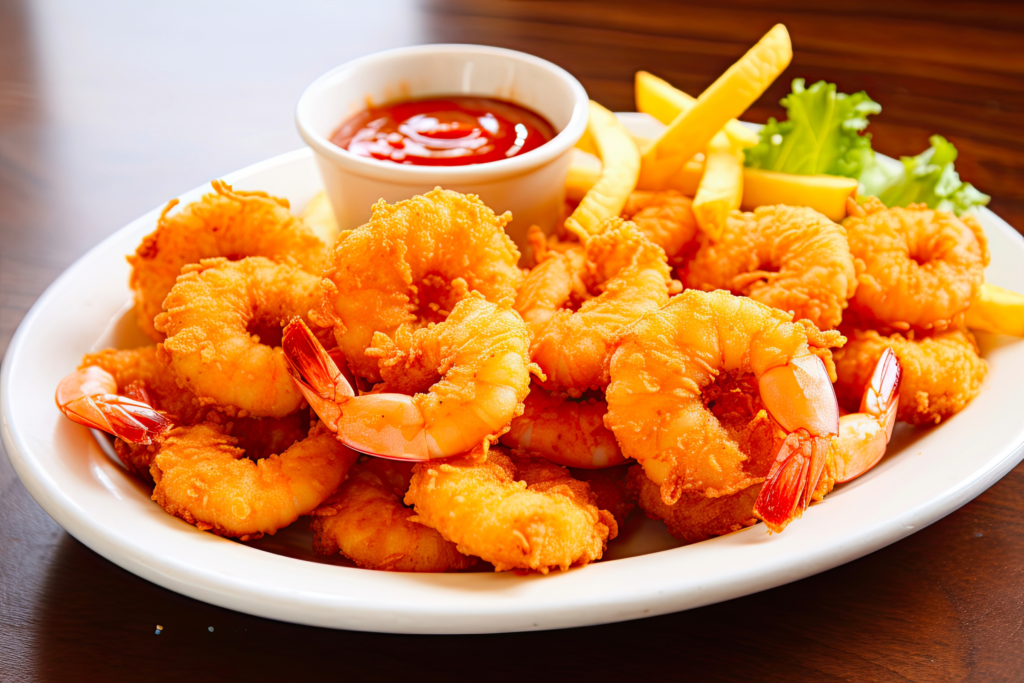Welcome to the world of rich and indulgent Indian cuisine, where each dish celebrates flavors, spices, and tradition. Today, we’re diving into the sumptuous realm of Butter Chicken, a beloved North Indian classic that has captured hearts and palates worldwide. In this user-friendly guide, we’ll unravel the secrets of making Butter Chicken in your kitchen. From the succulent chicken pieces to the velvety tomato gravy, we’ll show you how to create this iconic dish that’s not just a meal but a culinary experience.
Why Butter Chicken?
Before we delve into the ingredients and techniques that make Butter Chicken unique, let’s understand why this dish holds such a revered place in Indian cuisine. Butter Chicken, also known as Murgh Makhani, is a symphony of flavors. It’s a rich, creamy, mildly spiced dish that combines tender chicken with a luscious tomato and butter-based gravy.
Butter Chicken is not just about taste; it’s about the comfort and joy a well-made dish can bring. It’s a testament to the magic of Indian spices and the art of slow cooking. It’s a dish that transcends boundaries, appealing to novice food enthusiasts and seasoned gourmands.
What sets Butter Chicken apart is its versatility. It can be the centerpiece of your dinner party, a cozy family meal, or a comforting dish to satisfy your cravings. Pair it with naan, roti, or steamed rice, and you have a hearty and elegant feast.
What Sets Our Recipe Apart?
You might wonder, “Why make Butter Chicken at home when it’s available at Indian restaurants?” The answer is simple: Homemade butter Chicken allows you to customize the flavors to your liking, use fresh ingredients, and create a dish free from excessive cream and artificial additives.
Our user-friendly Butter Chicken recipe ensures that you’ll be able to recreate the authentic taste and experience of this North Indian classic effortlessly. We’ll guide you through each step, share tips, and provide insights to ensure your Butter Chicken turns out as creamy and delightful as it should be.
Join Us in the Kitchen
Throughout this guide, we’ll provide easy-to-follow, step-by-step instructions to make your Butter Chicken-making experience delightful. Whether you’re a seasoned cook or new to Indian cuisine, our recipe is designed to ensure your success.
So, gather your ingredients, don your apron, and let’s embark on a culinary adventure that will transport you to the bustling streets and aromatic kitchens of North India. Let’s create a plate of Butter Chicken that’s not just a dish; it’s a celebration of tradition, a symphony of flavors, and a culinary masterpiece that will leave you craving more.









